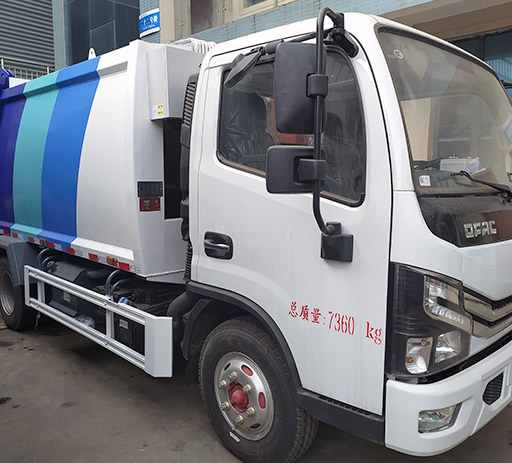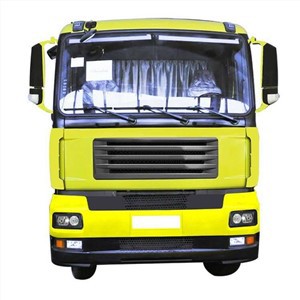40 Yard Dumpster for Sale: Your Ultimate Guide

Are you looking for an efficient solution to manage waste during a large-scale project? A 40-yard dumpster might be the perfect option for you. In this article, we’ll explore everything you need to know about purchasing a 40-yard dumpster, including its benefits, pricing, and important considerations. Whether you’re a contractor, a homeowner embarking on a renovation, or managing an event, a 40-yard dumpster can make your waste disposal easy and hassle-free.
What is a 40 Yard Dumpster?
A 40-yard dumpster is one of the largest containers typically available for rent or sale. It is designed to accommodate significant amounts of waste, making it ideal for large projects such as home renovations, construction sites, or commercial cleanouts. Understanding its dimensions and capacity is crucial for estimating how much waste it can hold.
Dimensions and Capacity

The dimensions of a standard 40-yard dumpster are approximately 22 feet long, 8 feet wide, and 8 feet tall. It holds about 40 cubic yards of waste, which is equivalent to:
- Approximately 12 pickup truck loads of waste
- About 1,500 to 2,000 square feet of roofing shingles
- Roughly 20,000 pounds of debris
Why Choose a 40 Yard Dumpster?
There are several compelling reasons to opt for a 40-yard dumpster over smaller options. Here are the primary benefits:

Large Capacity
With its 40 cubic yards of capacity, this dumpster can accommodate extensive amounts of waste, making it perfect for large-scale renovations, construction jobs, or significant cleanout projects.
Cost-Effective
Though the upfront cost may seem higher than smaller dumpsters, a 40-yard dumpster can actually be more economical for large projects, as it can often save you from having to rent multiple smaller dumpsters.
Time-Saving
Having a larger dumpster on-site reduces the frequency of pickups and corresponding downtime. This means you can focus on your project without interruption.
How to Purchase a 40 Yard Dumpster
If you’re considering purchasing a 40-yard dumpster, several steps need to be taken.
Research Local Providers
Begin by researching local dumpster rental companies that sell or rent 40-yard dumpsters. Look for reputable companies with good reviews.
Request Quotes
Contact several companies to request quotes. Make sure to ask about their delivery fees, rental durations, and any additional charges.
Compare Features and Services
When comparing quotes, consider factors like included services (e.g., delivery, pick-up, and disposal) and whether the dumpster can accommodate the specific type of waste you plan to dispose of.
Consider New vs. Used Dumpsters

Decide whether you want a new dumpster or are happy with a used one. Generally, new dumpsters come at a premium price but offer the assurance of quality.
Price Considerations for 40 Yard Dumpsters
The price of a 40-yard dumpster can vary based on several factors:
Average Cost
| Service Type | Estimated Cost |
|---|---|
| Rental (per week) | $400 – $800 |
| On-Site Delivery | $50 – $100 |
| Weight Overages (per ton) | $50 – $100 |
| Special Waste Fees | $100 – $500 |
Factors Influencing Costs
- Location: Prices can vary widely based on where you are.
- Disposal Fees: Landfill disposal fees may be included in your quotes.
- Time of Year: Demand can affect price, especially during peak construction seasons.
Tips for Using a 40 Yard Dumpster
Using a 40-yard dumpster efficiently can help manage costs and streamline your project. Here are some practical tips:
Understand the Weight Limits
Make sure you understand the weight limits imposed by the dumpster rental company to avoid overage fees.
Properly Sort Waste
Sorting your waste into recyclable, compostable, and waste categories can help reduce disposal costs and is better for the environment.
Know What You Can and Cannot Dispose Of
Before loading the dumpster, check which items are prohibited. Common banned items include hazardous waste materials, appliances (like refrigerators), and tires.
Where to Place Your Dumpster
Choosing the right location for your dumpster is critical for convenience and safety.
Flat and Level Surface
Always place the dumpster on a flat and level surface to prevent tipping and ensure safe loading.
Avoiding Overhead Obstructions
Make sure there are no low-hanging branches or overhead wires that could obstruct delivery and pick-up.
Understanding Local Regulations
Before placing your dumpster, it’s important to understand local regulations regarding permits and placement.
Check for Permits
Some cities require a permit to place a dumpster on public property or streets. Check with your local government for any requirements.
Follow Zoning Regulations
Regulations may differ depending on residential and commercial zones, so be sure to comply with local laws.
Frequently Asked Questions (FAQs)
1. How long can I keep a 40-yard dumpster?
Most companies allow rentals ranging from a few days to a week. However, longer rentals can be arranged for additional fees.
2. What types of waste can I put in a 40-yard dumpster?
You can generally dispose of construction debris, yard waste, and other non-hazardous waste, but check with your rental company for specifics.
3. How much does a 40-yard dumpster weigh when full?
A full 40-yard dumpster can weigh between 10,000 to 20,000 pounds, depending on the type of material inside.
4. Is it better to rent or buy a dumpster?
If you have ongoing projects, purchasing a dumpster makes sense. For one-time projects, rental is usually more cost-effective.
5. What if I need to change my dumpster delivery date?
Most companies accommodate changes, but it’s best to notify them as soon as possible to avoid any additional fees.
6. How do I prepare for a dumpster delivery?
Ensure that the delivery area is clear of obstacles and accessible for the truck. This will facilitate smooth delivery and pick-up.
